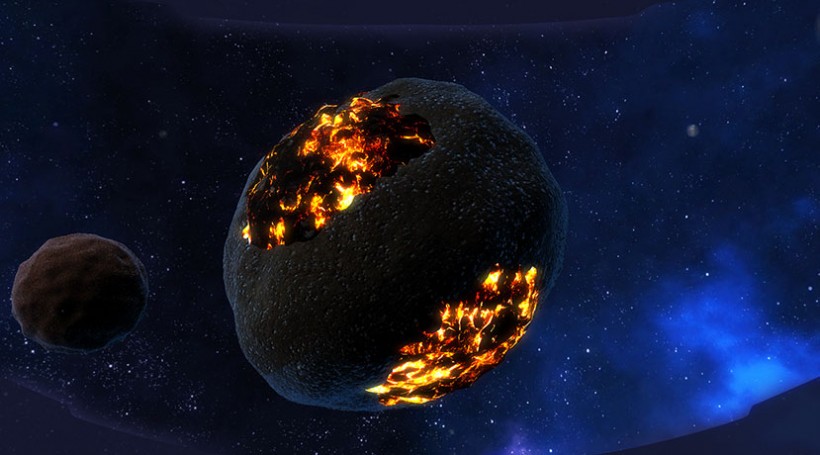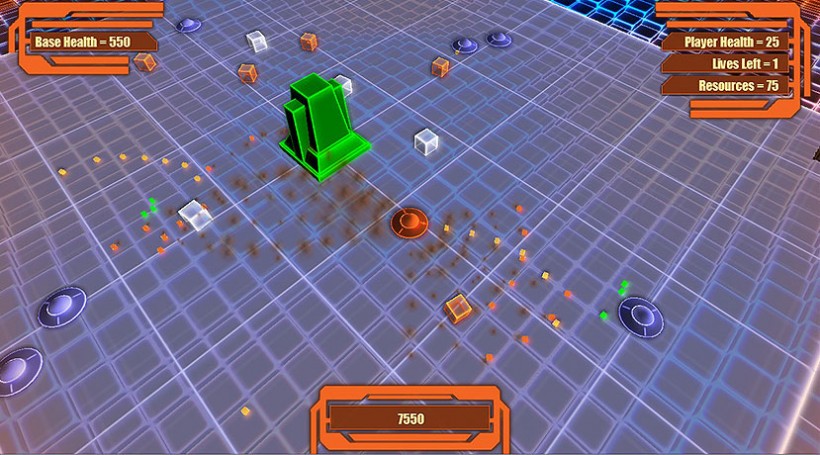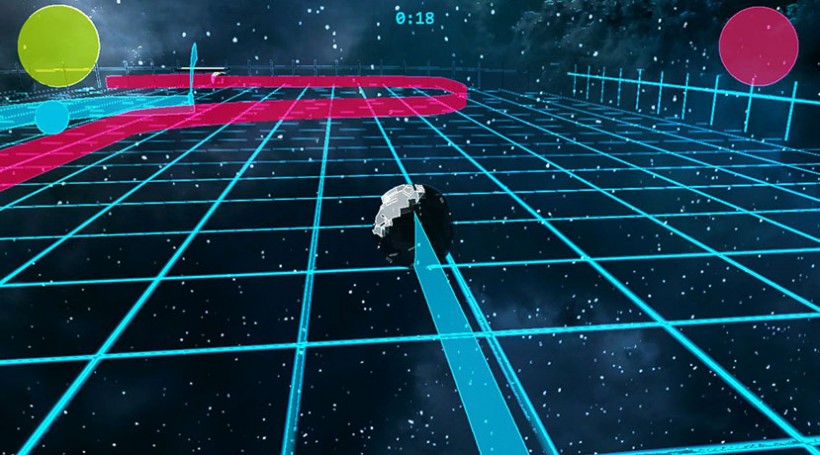Graphics Programming 2 teaches you the finer points of Vulkan, Shader and physics programming.
In this course, you will start by mastering the essential concepts of Vulkan, the modern graphics API. You will delve into techniques such as normal mapping and opacity to manipulate how materials appear under different lighting conditions. Additionally, you will explore environment mapping and Physically Based Rendering (PBR), which are critical for creating realistic interactions between light and surfaces.
As you progress to more advanced topics, you will learn about the material and texture systems that are fundamental to enhancing visual richness. You'll also get hands-on experience with sprite rendering and explore how to effectively use text and post-processing techniques to add polish and sophisticated visual effects to your graphics projects.
For those interested in further enhancing their skills, optional modules are available. These include shadow mapping, and the application of compute, geometry, and tessellation shaders, which allow for more complex and computationally intense graphics tasks. Additionally, you'll have the option to dive into deferred rendering, a technique used to improve the performance and quality of rendering in games and other graphics-intensive applications.
Technologies used: Microsoft Visual Studio, Vulkan
Lecturers:
matthie.delaere@howest.be
thomas.goussaert@howest.be
pieter-jan.vandenberghe@howest.be





